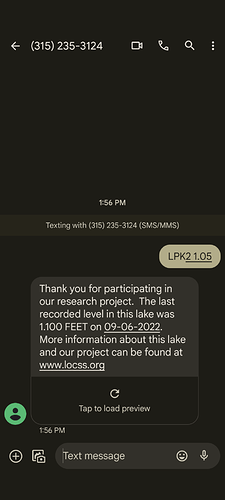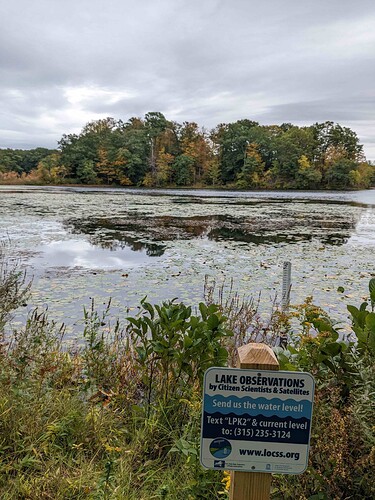Science!
@nedhorning Ned, @courtney.king Courtney, @brianwdavis Brian, Jenny
Intros, hat on:
Regen Network, NRCS PODS, PSA Data Engineering, VT Natural Resource Conservation District
How to quantify soil health and get paid for it. So far VT growers are using CASH, the Cornell Assessment of Soil Health, but due to manure history all is great. Would like to move to biodiversity measures, crop rotations, mycelial health, etc
How to interpret assessments? They’re still in the research realm. Every metric depends greatly on the context. But the market is demanding answers now, before the 18-dimensional collapse down to “this is X% healthy” is ready.
Would be ideal to get away from spreadsheets and “XYZ” metrics and get to the point where you can point at a field visually and say “this looks biodiverse, it must be healthy”. Is the integrated outcome the whole point? There are the In Field Assessments by NRCS and NRCDs where you check off “signs and symptoms” of management.
How much can we trust our gut instinct about “XYZ practice is good” when the data aren’t supporting it yet? What’s the risk in doing the opposite, where we pre-emptively say “there’s no relationship between X and water quality” to the public?
Policy chases metrics, and if we choose the wrong metrics, money goes to the wrong practices. Science has to be taken in context, where we know we’re only sampling some subset of dimensions of measure. You can’t do a digital twin that is an exact match.
How do you decide how much training data is appropriate before sharing a model and its outputs in an academic paper vs back to farmers or the whole spectrum in between?
How do you integrate qualitative data in a way that gives it appropriate weight relative to quantitative data? How does that perceived difference compare to the difference between research plots and real-world conditions?
Farmer experiences can be both strongly held and very diverse with respect to new practices.
Many farmers will stop good practices in the absence of incentives even if they’re true believers because the economics just don’t work out.
What’s the value of citizen science? Is there more value from getting the public excited without generating “actionable” data? Or is it essential to get good data? How do we allocate resources between managing crowd-sourced experiments and deploying controlled infrastructure?
Examples: streamgages, the tea bag study, the underwear study.
Here’s evidence that even at an eco-conscious place like Omega, no one did this citizen science from Sept 6 to Oct 4.
How does farmer-driven science differ from citizen science? Are there selection biases in either direction?
Decentralized science: postdocs, grad students, other professionals needing support for doing research outside the traditional funding/institutional infrastructure. How to track individual contributions to allocate resources? DeSci could allow resource sharing (e.g. instrumentation) across teams for small teams. How do we prevent creating another gig economy? Currently really successful in the biotech space, but it’s all still very experimental.

